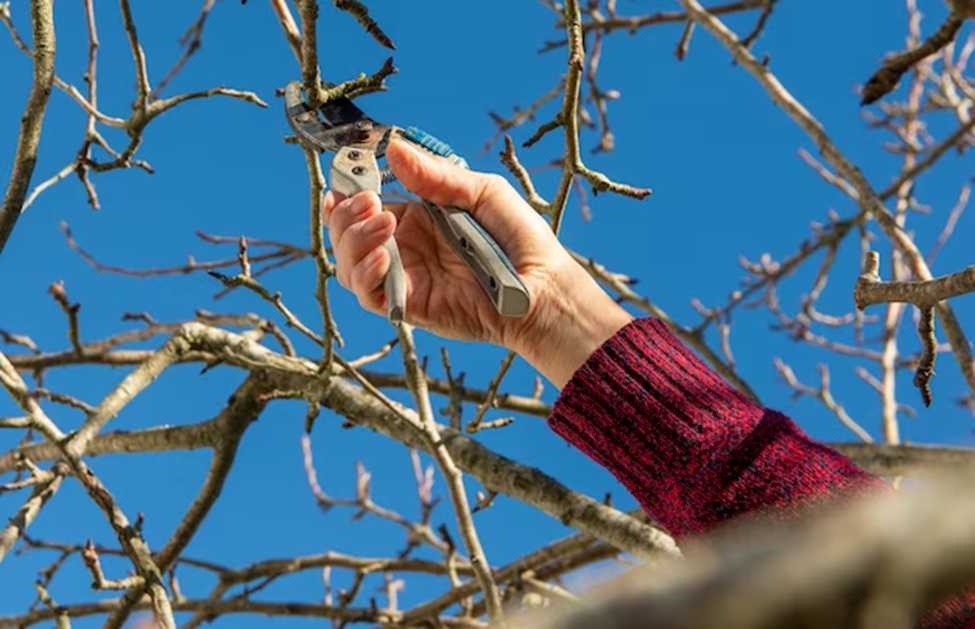As a homeowner, maintaining the health and safety of the trees on your property is a year-round responsibility. From the vibrant blooms of spring to the bare branches of winter, each season brings its own set of challenges that require proactive attention. In this comprehensive guide, we’ll explore the importance of seasonal tree maintenance and how it can help you prepare your landscape for unexpected emergencies.
The Importance of Seasonal Tree Care
Caring for your trees is not a one-size-fits-all approach. Each season presents unique conditions and demands that require tailored attention. Neglecting seasonal tree maintenance can lead to a host of issues, from structural weaknesses to increased susceptibility to disease and pests.
Seasonal Pruning Strategies
One of the most critical aspects of seasonal tree care is pruning. Proper pruning techniques vary depending on the time of year and the specific needs of your trees. By staying on top of this essential task, you can promote healthy growth, remove hazardous limbs, and enhance the overall aesthetic of your landscape.
Spring Pruning
As the weather warms and new growth emerges, spring is an ideal time to assess your trees and address any winter damage or structural issues. Carefully removing dead or damaged branches can help your trees thrive during the growing season.
Summer Pruning
During the summer months, pruning focuses on maintaining the shape and structure of your trees, as well as addressing any potential hazards or obstructions. This can include thinning out dense foliage to improve air circulation and light penetration.
Fall Pruning
As the leaves begin to change and fall, autumn is the perfect time to prepare your trees for the winter ahead. Pruning during this season can help reduce the risk of storm damage and ensure your trees are well-equipped to withstand the harsher conditions.
Preparing for Emergency Tree Care
While regular maintenance is crucial, even the most diligent homeowners can face unexpected tree-related emergencies. Being proactive and having a plan in place can make all the difference when disaster strikes.
Identifying Potential Hazards
Regularly inspecting your trees for signs of damage, disease, or structural instability can help you identify potential hazards before they become a problem. This includes looking for cracks, cavities, and excessive leaning, as well as monitoring the overall health of your trees.
Developing an Emergency Action Plan
Creating a comprehensive emergency action plan is essential for responding effectively to tree-related crises. This plan should include contact information for local emergency tree care providers, a list of potential hazard trees on your property, and a clear understanding of the steps to take in the event of an emergency.
Investing in Professional Tree Care
While homeowners can certainly take on many tree maintenance tasks themselves, there are times when the expertise of a professional is invaluable. Partnering with a reputable emergency tree care service can provide the support and guidance you need to keep your landscape healthy and safe.
Conclusion
Maintaining the health and safety of your trees is an ongoing responsibility, but one that is essential for protecting your property and loved ones. By embracing seasonal tree care strategies, identifying potential hazards, and partnering with professional emergency tree care providers, you can ensure your landscape is prepared to withstand the unexpected challenges that may arise. Remember, a proactive approach to tree maintenance is the key to a thriving, resilient, and beautiful outdoor space.

